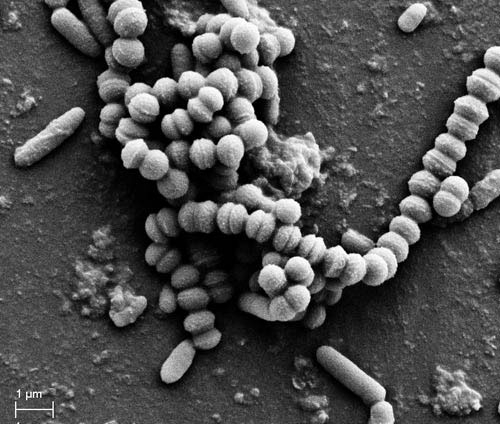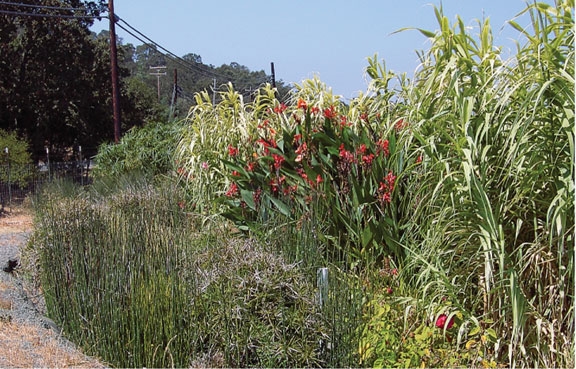Biofilms: Friends or foes?
"Biofilms" surround us. They pervade our environment and our bodies. They form the dental plaque on our teeth and establish the chronic infections in our childrens' ear canals. They can spread on the watery surface of a contact lens.
Biofilms are now thought to be involved in 80 percent of human microbial infections, and are likely responsible for the resistance of chronic infections to antibiotics. Biofilms even form around "extremophiles" – such as the ancient blue-green cyanobacteria that thrive in extreme environments like the hot springs of Yellowstone National Park and the lake crusts of Antarctica. These microorganisms with fossil records going back 3.5 billion years also clog water pipes and create the slimy film on rocks in a pond.
A “biofilm” is a protective environment created by a microbial population. When microbes such as bacteria sense a “quorum” of their kind nearby, they begin to modify their genetic instructions to produce polysaccharides. The result is a sticky matrix that enables them to adhere to each other, and to surfaces.
But there is more to this story. Biofilms can also be employed for our benefit. Many sewage treatment plants include a stage where wastewater passes over biofilms, which “filter” — that is, extract and digest — organic compounds. Biofilms are integral to our current engineering processes for wastewater treatment.
Similarly, they play an essential role in constructed wetlands (CW), the artificial systems that approximate natural wetlands and that are used to treat wastewater or stormwater runoff. Most constructed wetlands are planted with hydrophilic (water loving) plants, while others are simply a gravel “filter” media. Both involve biofilms at the water-solid interfaces.
Recent research has now shown that planted CW systems — with their associated biofilms — are significantly more effective in the first weeks and months of treating agricultural processing wastewater.
In greenhouse trials, the planted system removed approximately 80 percent of organic-loading oxygen demand from sugarcane process wastewater after only three weeks of plant growth. The unplanted system removed about 30 percent less.
“Every constructed wetland system has a 'ripening period' during which the biofilm is forming," said Mark Grismer, UC Davis biological engineer. "Ripening means the time it takes for bacteria or other microorganisms to become established and functioning with respect to organics removal. Results indicate this ripening period is shorter in planted CW systems, and can be as short as three weeks if fast-growing aquatic plants are involved in the constructed wetland. In systems without plants, it can continue for two to three years.”
“Plant roots provide the structure needed for biofilm bacteria to process wastewater. Also, because the surface area of plant roots is far greater than that of the sand, gravel, or rock substrate alone, and because roots have the ability to partially oxygenate their surfaces, they can support thicker and perhaps more robust biofilms,” he said.
Studies like this one are providing the field data needed to strengthen efforts to clean up agricultural processing wastewaters.
To read the complete article, go to the April-June edition of California Agriculture journal.



Posted by Alan P Newman on November 30, 2014 at 1:55 PM